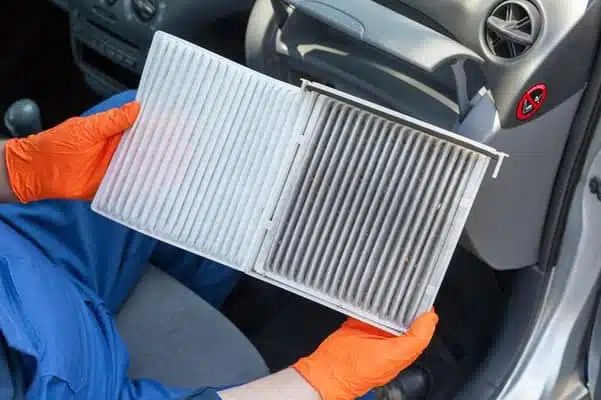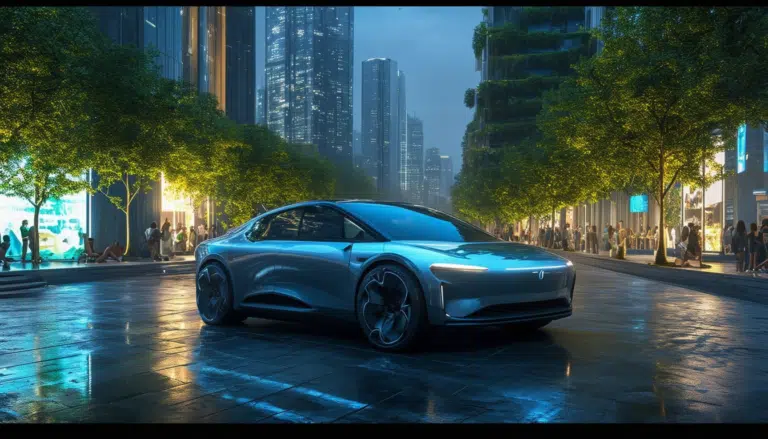Air conditioning in vehicles: Tips to reduce fuel consumption and common mistakes to avoid

The use of air conditioning in vehicles is essential during hot months, but it can lead to a significant increase in fuel consumption. Understanding how to optimize its use becomes crucial for maintaining vehicle efficiency and making responsible use of resources. By adopting some simple habits and avoiding common mistakes, it is possible to reduce fuel expenditure without sacrificing comfort while driving.
The use of air conditioning in vehicles is indispensable, especially during warm months. However, this system can significantly increase fuel consumption, resulting in higher economic costs and an environmental impact. With some practical tips and an understanding of common mistakes to avoid, it is possible to optimize the air conditioning performance, enjoy a comfortable journey, and reduce fuel consumption at the same time.
Air conditioning and fuel consumption
Air conditioning is one of the systems that consumes the most energy in a vehicle. According to experts, using the air conditioning can increase fuel consumption by between 15% and 25% in vehicles with internal combustion engines. When the air conditioning is used, the compressor draws energy from the engine, which in turn requires more fuel consumption, mainly gasoline or diesel.
Tips for reducing fuel consumption
To mitigate this impact, certain strategies can be implemented that not only make the vehicle consume less fuel but also increase the comfort of passengers:
Avoid the “oven effect”
When a vehicle is exposed to the sun, the internal temperature can rise drastically. To prevent the air conditioning from working excessively, it is suggested to park in the shade or use sunscreens that keep the interior cooler.
Start with the windows down
If the vehicle has been parked in the sun, it is advisable to open the windows when starting the journey. This helps the heat to escape naturally before activating the air conditioning, which will reduce the need for additional cooling.
Use the recirculation function
This mode allows the interior air to be recirculated, meaning that the system does not have to cool hot air from outside, thus saving energy. It is a very useful resource during the hottest days.
Direct the airflow upward
Setting the air vents to direct air toward the top of the vehicle can help create a curtain effect that cools the interior more efficiently without wasting energy.
Maintain a moderate temperature
Setting the air conditioning to a temperature between 24° and 26° is sufficient to maintain comfort. Each additional degree can result in significant fuel savings, as it decreases the compressor’s demand.
Common mistakes to avoid
Despite good intentions, many drivers make mistakes that can cause the air conditioning to consume more than necessary:
Leaving windows open at high speeds
When driving at high speeds, it is a mistake to open the windows, as this increases the aerodynamic drag of the vehicle, requiring more energy from the engine. In these cases, it is preferable to use the air conditioning.
Not cleaning the air filters
A dirty air filter can block the flow of cold air, forcing the system to work harder and consume more fuel. It is recommended to check and replace filters every 15,000 kilometers to ensure optimal performance.
Turning on the air conditioning at the end of the trip
Turning off the air conditioning a few minutes before arriving at the destination and letting only the ventilation work can help avoid odors and save energy in consumption.
Additional considerations for efficient air conditioning use
It is important to keep the vehicle in good condition, always ensuring that the external air intakes are clear of debris that may obstruct the airflow. Likewise, maintaining a smooth driving style and avoiding sudden accelerations contributes to reducing fuel consumption.
For additional information on how to optimize energy use or details on how to choose routes that minimize fuel expenditure, additional resources can be consulted. Implementing these tips not only improves the driving experience but also contributes to sustainability.
Conclusion on the efficient use of air conditioning in vehicles
Air conditioning has become an indispensable tool in modern vehicles, especially during intense heat months. However, its use can lead to a significant increase in fuel consumption, which not only affects the driver’s budget but also the environment. For this reason, it is crucial to adopt responsible habits that allow for optimizing its operation and reducing unnecessary spending.
Implementing simple strategies such as avoiding the oven effect when parking, using open windows for initial cooling, and activating the recirculation function of the air can make a big difference in the system’s efficiency. Likewise, adjusting the temperature to a comfortable level, rather than extreme, not only improves the driving experience but also contributes to fuel savings.
Moreover, it is fundamental to be aware of the common mistakes that can increase consumption. Avoiding keeping the air conditioning on during trips where natural ventilation can be used and not turning off the system before arriving at the destination are aspects to consider to maximize efficiency. Keeping the air filters clean and regularly checking the air intakes are actions that can prevent a loss of efficacy in the climate control system.
Finally, adopting a proactive approach towards air conditioning care and understanding how its use impacts fuel expenditure will allow drivers to enjoy a comfortable journey without sacrificing economy. With small adjustments and awareness of how to use this tool, it is possible to achieve a balance between comfort and energy efficiency in vehicles.



